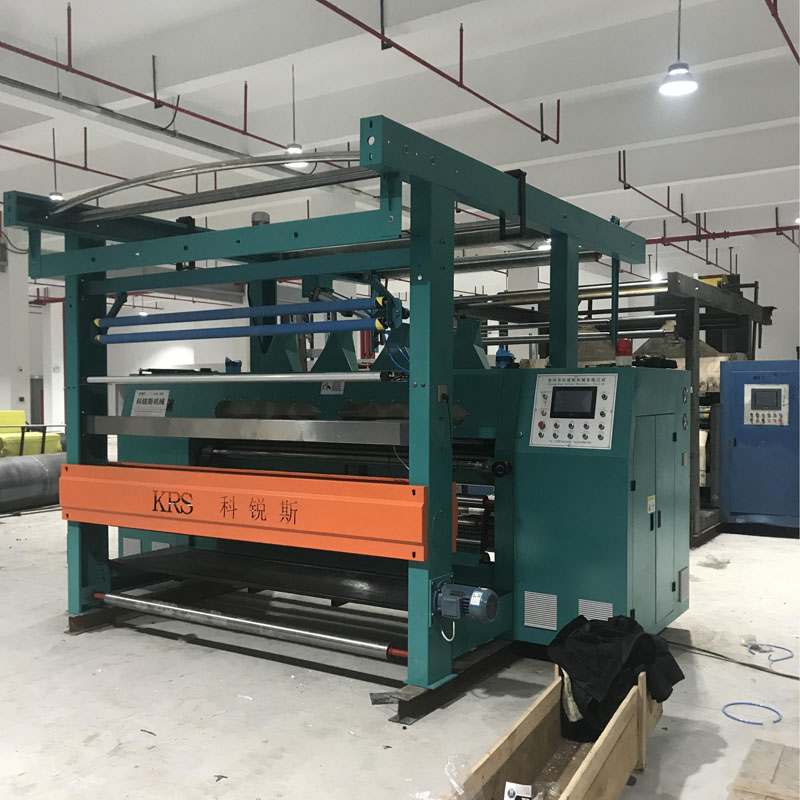The Development History of Textile Machinery
The textile industry has undergone a remarkable transformation over the centuries, driven by innovations in Textile Machinery. From the earliest spinning wheels to today’s automated looms, the evolution of these machines has revolutionized fabric production. In this article, we explore the key milestones in the development of Textile Machinery and highlight the advanced features of modern equipment.
Key Milestones in Textile Machinery Evolution
-
The Spinning Wheel (11th Century) – The first major advancement in textile production, enabling faster yarn spinning.
-
The Flying Shuttle (1733) – Invented by John Kay, this innovation doubled weaving efficiency.
-
The Spinning Jenny (1764) – James Hargreaves’ machine allowed multiple spindles to operate simultaneously.
-
The Power Loom (1785) – Edmund Cartwright’s invention mechanized weaving, increasing output dramatically.
-
Modern Computerized Machines (20th Century) – Automation and digital controls brought precision and speed to textile manufacturing.
Advanced Features of Modern Textile Machinery
Today’s Textile Machinery incorporates cutting-edge technology to enhance productivity and quality. Below are some key specifications of our latest models:
Key Parameters of Our High-Efficiency Weaving Machines
| Feature | Specification |
|---|---|
| Weaving Speed | 800-1200 RPM |
| Fabric Width | 190-540 cm |
| Power Consumption | 3.5-5.5 kW |
| Automation Level | Fully computerized with IoT support |
| Noise Level | <75 dB |
Benefits of Upgraded Textile Machinery
-
Higher Efficiency – Reduced production time with automated processes.
-
Improved Precision – Consistent fabric quality with digital controls.
-
Energy Savings – Advanced motors reduce power consumption by up to 30%.
-
Durability – Robust construction ensures long-term performance.
Conclusion
The journey of Textile Machinery from manual tools to high-tech systems highlights the industry’s relentless pursuit of innovation. With advanced features like IoT integration and energy-efficient designs, modern machines continue to push the boundaries of textile manufacturing. Investing in the latest equipment ensures businesses stay competitive in a rapidly evolving market.
If you are very interested in our Changzhou Ceres Machinery's products or have any questions, please feel free to contact us!




